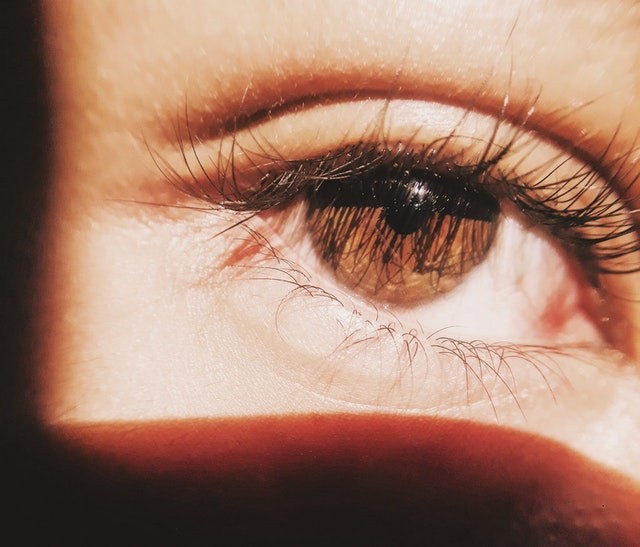A blind man who could only perceive the dimmest bit of light now has the ability to perceive fuzzy shapes, all thanks to gene therapy and a pair of uniquely engineered goggles.

Retinitis Pigmentosa
40 years ago the man was identified with a condition known as retinitis pigmentosa, when he was 18 years old, according to a new report, released May 24 in the journal Nature Medicine. People that are diagnosed with retinitis pigmentosa possess faulty genes that, because of many mutations, cause the breakdown of the light-sensitive cells in the retina at the back of the eye, according to the National Eye Institute (NEI).
These genes would normally code for functional proteins in the retina, but rather weren't able to build those proteins, or create abnormal proteins that malfunction or make substances that impair the retinal tissue directly. The condition affects approximately 1 in 4,000 people all over the world, as stated by the NEI, and can lead to total blindness at times, as it happened to this 58-year-old patient in the new study, BBC News reported.
ChrimsonR
In the process of attempting to treat the man's loss of vision, researchers introduced genes that code for a protein that is light-sensing into a modified virus, then injected those viral vectors that is genetically tweaked into one of the man's eyes, the researchers reported.
The protein, referred to as ChrimsonR, is an engineered version of a light-sensitive protein seen in unicellular algae, which lets the single-celled organism recognize and move in the direction of sunlight, MIT Technology Review Reported. ChrimsonR is among the family of light-sensitive proteins known as channelrhodopsins, hence the added "H" in crimson, and has been improved to react to colors that is within the reddish end of the color spectrum, expressly amber light.
By the injection of genes for ChrimsonR into the retina - particularly into retinal ganglion cells, a type of nerve cell that conveys visual signals to the brain - the team expected to make these cells have the ability to be sensitive to yellow-orange light, MIT Technology Review reported. Here's where the unique goggles play a role.

Activation of ChrimsonR
The goggles take up changes in light intensity from the environment and then convert that signal into an intense, amber image that is projected directly onto the retina of the patient, with the goal of activating ChrimsonR.
Months passed by before a notable quantity of ChrimsonR stockpiled in the man's eye and started to change his vision, but finally, he started to perceive patterns of light with aid from the goggles, BBC News reported. Before getting the therapy, the man could not see any objects, with or without the help of the goggles, and after the injection, he could only see while putting on the goggles, since they changed all light into an amber hue, the researchers reported.
Related Article : Alternatives to Refractive Surgery Procedures
For more news, updates about genes and similar topics don't forget to follow Nature World News!
© 2026 NatureWorldNews.com All rights reserved. Do not reproduce without permission.





